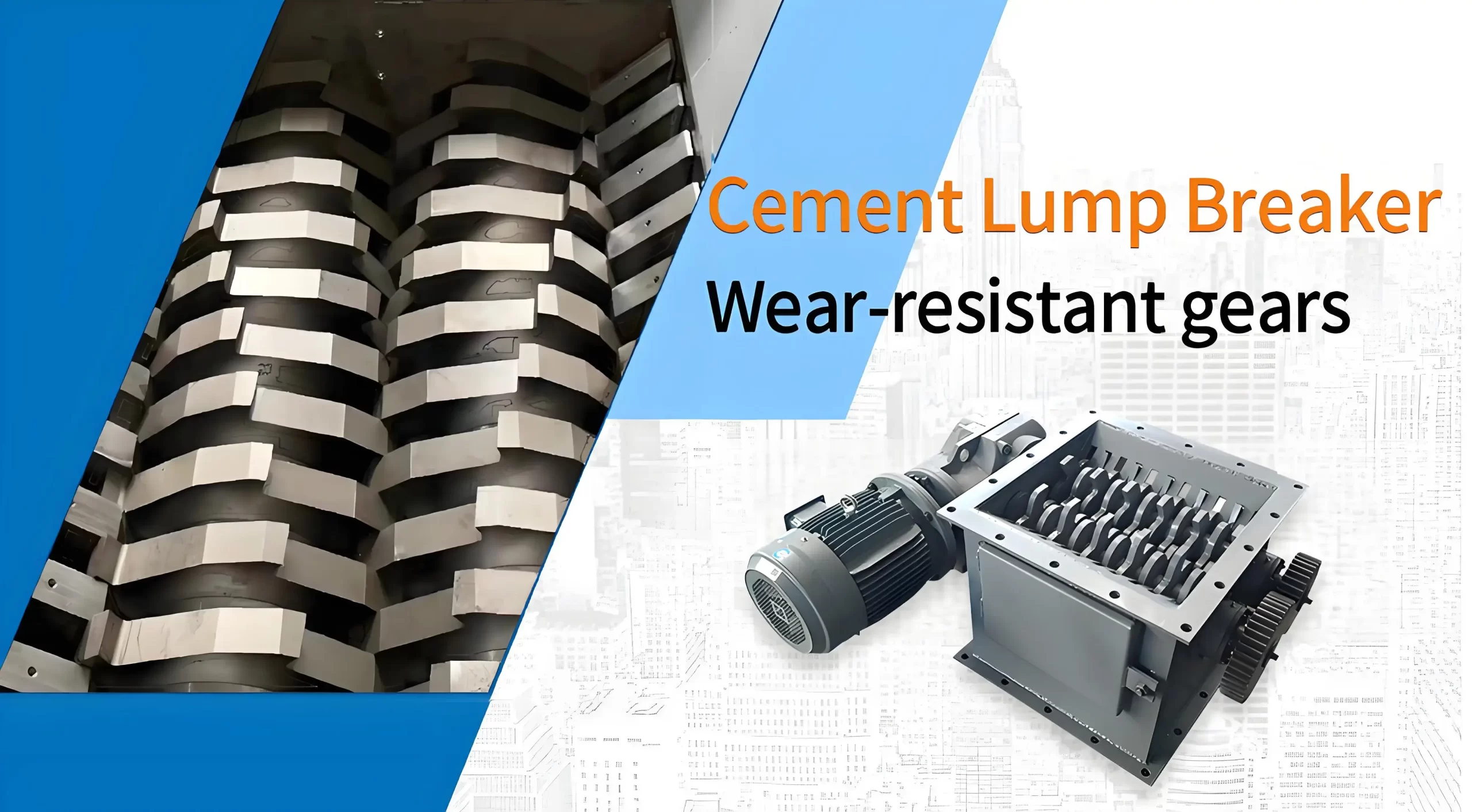
News
Key points for choosing cement lump breaker
cement lump breaker double-axis design, better crushing effect,it is wear-resistant, has good toughness and long service life.
Darko Building Materials Machinery is a leading supplier in China, renowned for its high-quality air slide conveyor systems. As one of the top air slide...

cement lump breaker double-axis design, better crushing effect,it is wear-resistant, has good toughness and long service life.


Nantong Darko Building Materials Machinery, a leading manufacturer and supplier in China, specializes in R&D, design, manufacturing, and installation of solutions for desulfurization, denitrification, dust removal, and environmental protection projects, as well as slag micro powder and powder grinding production lines.
WhatsApp us